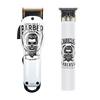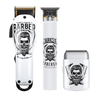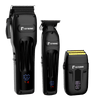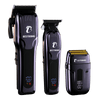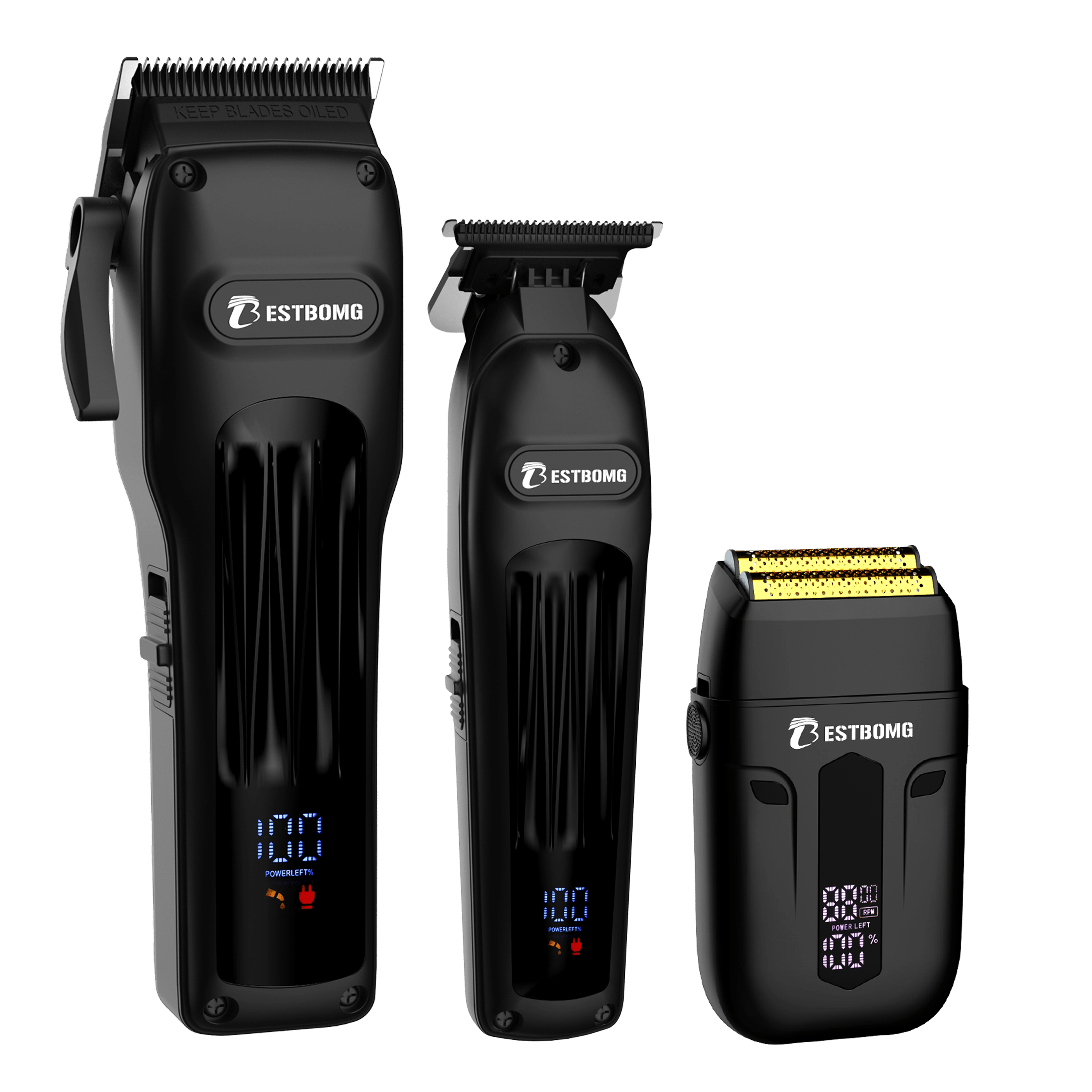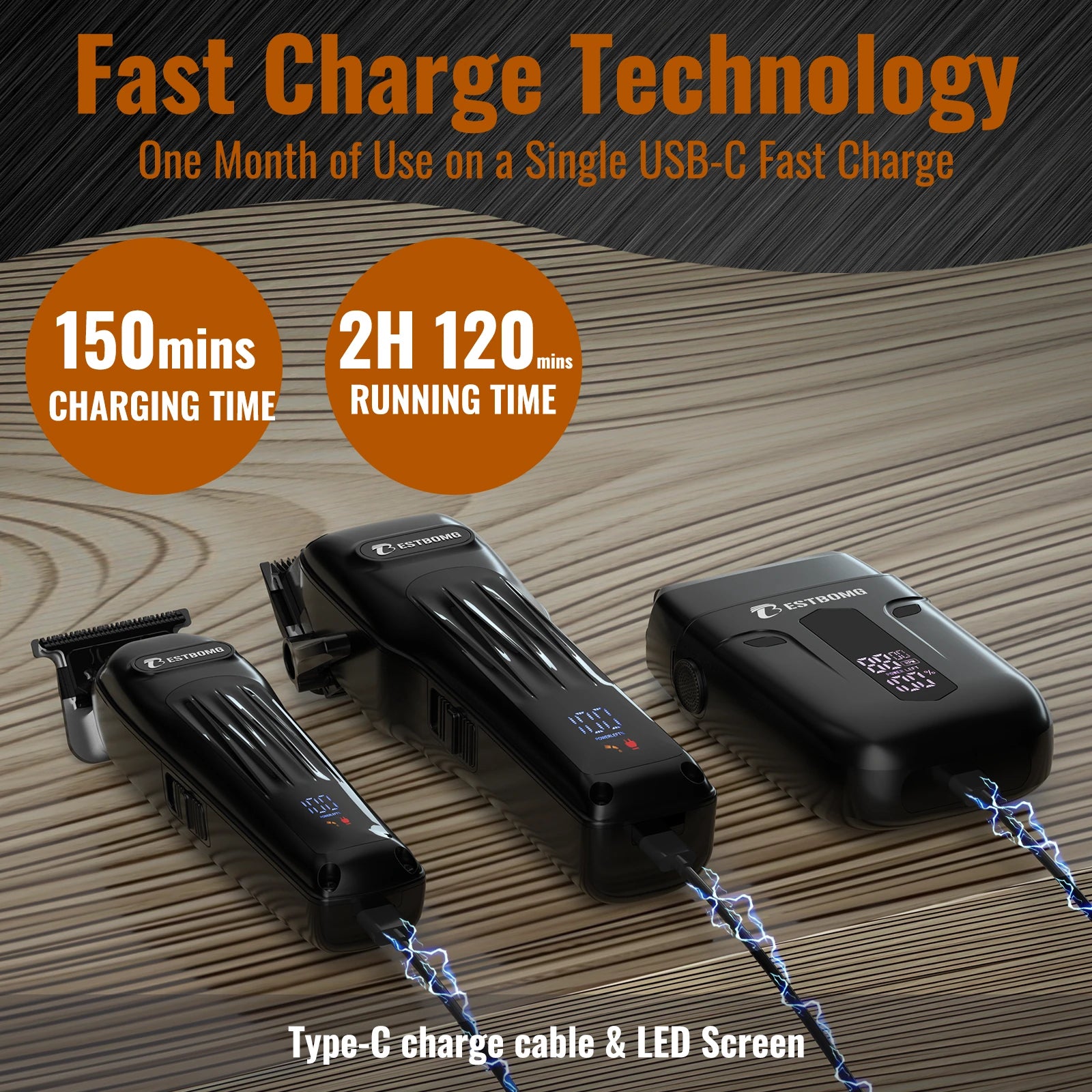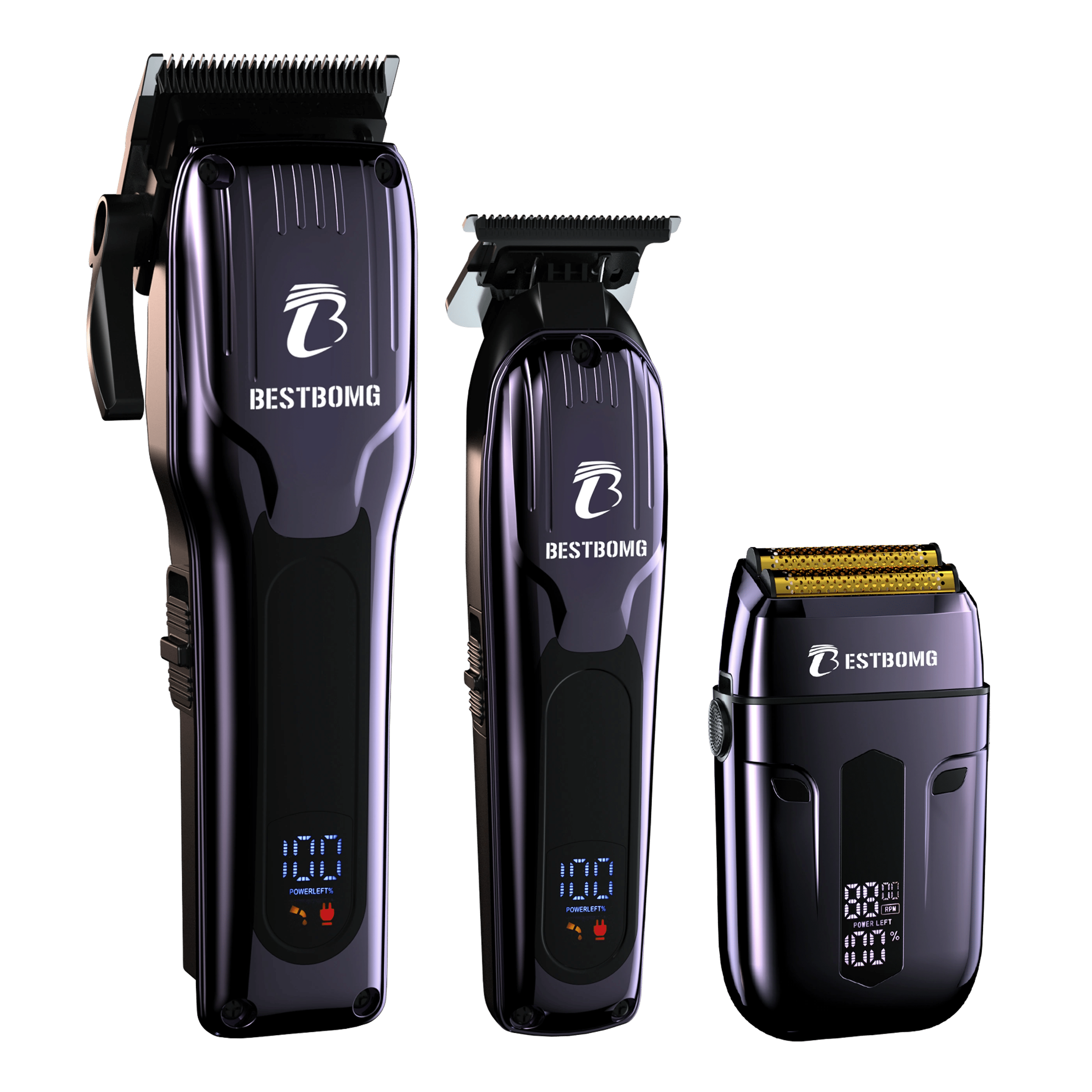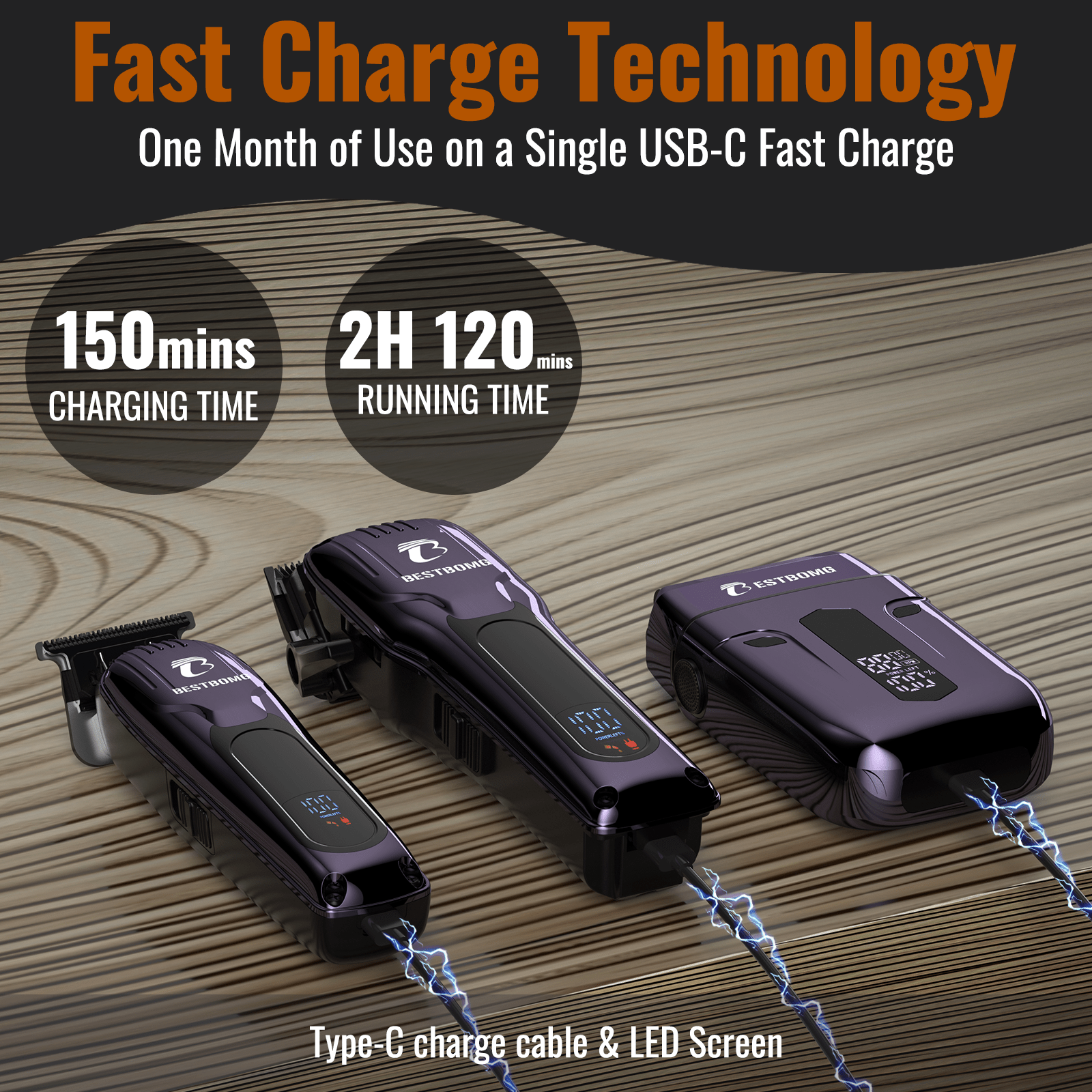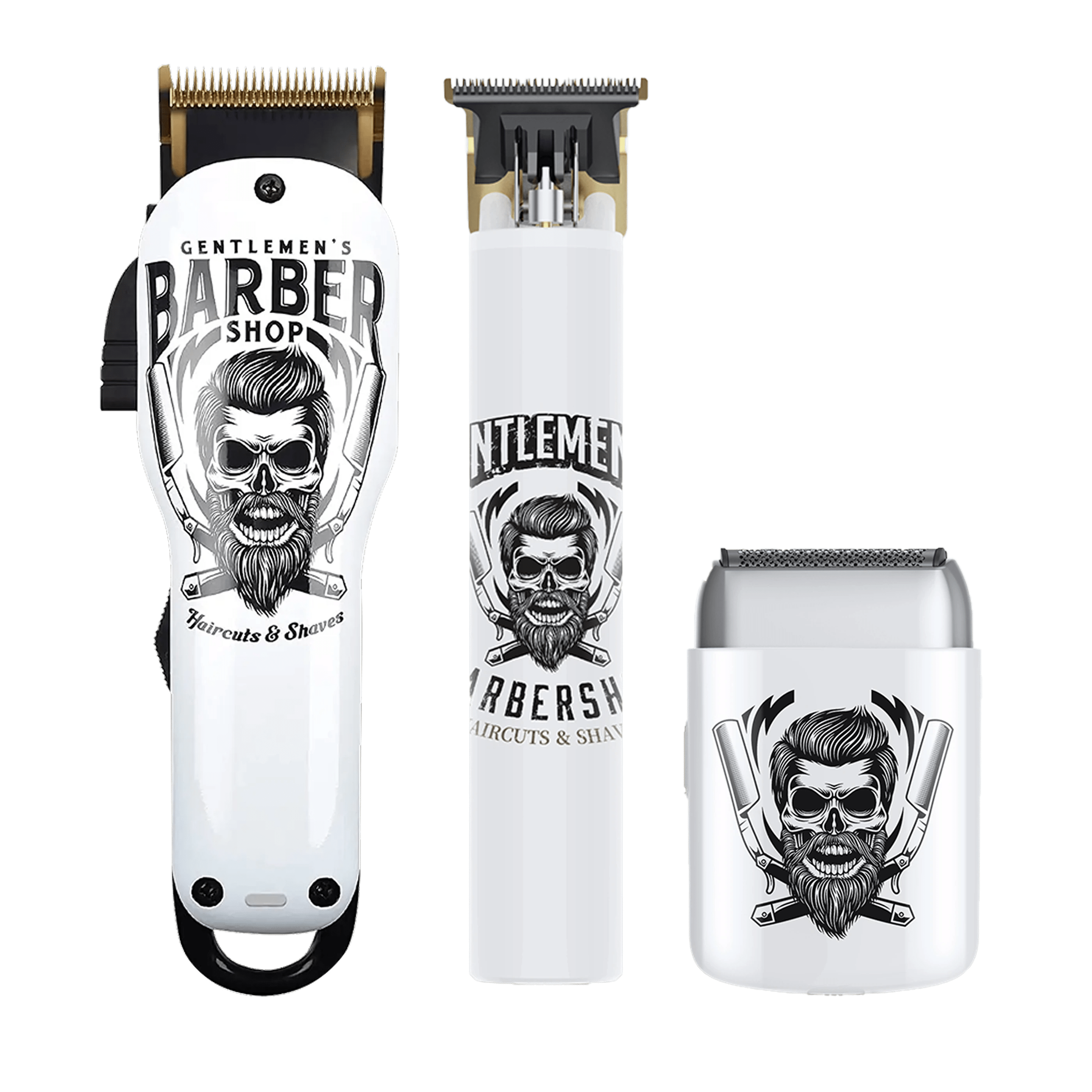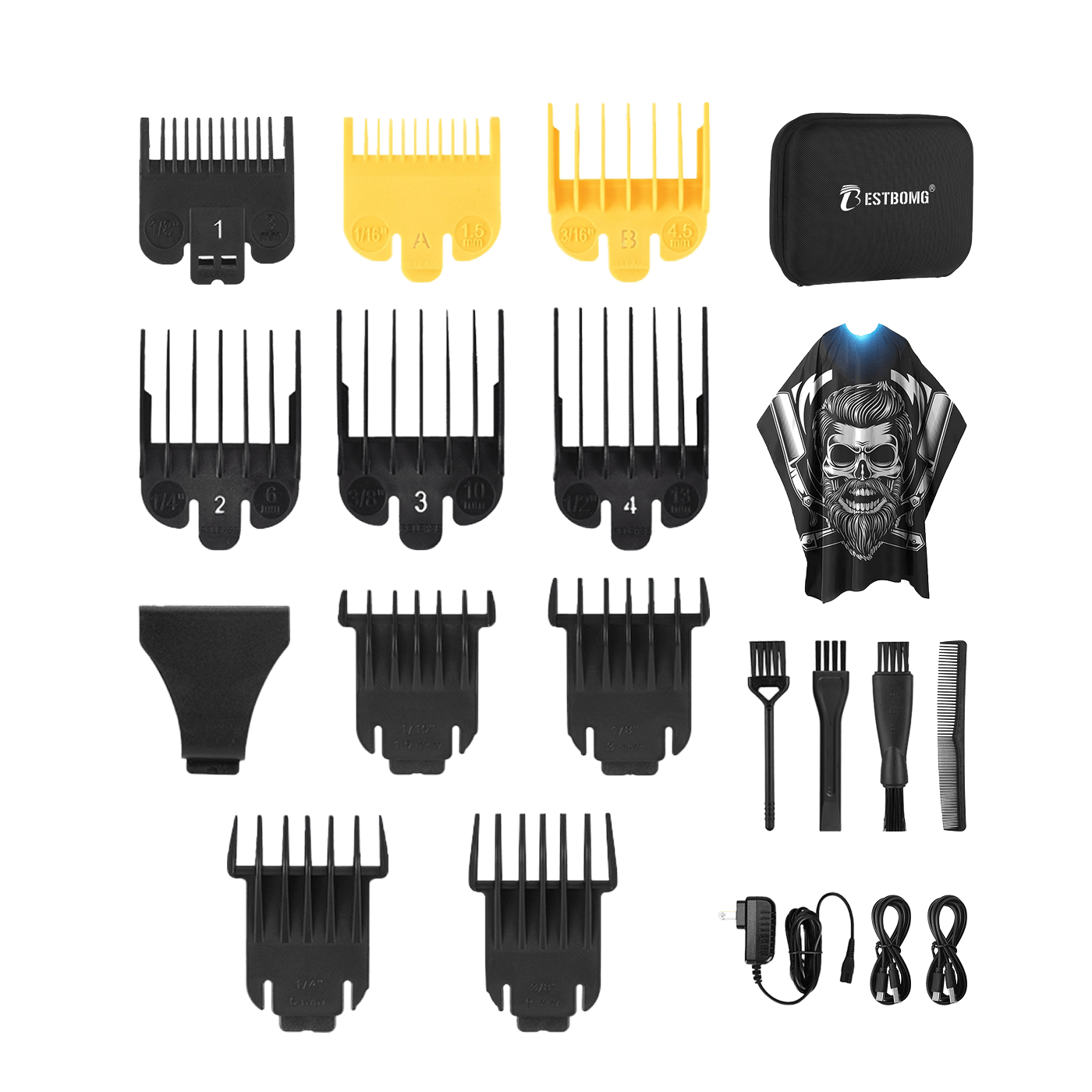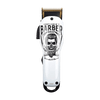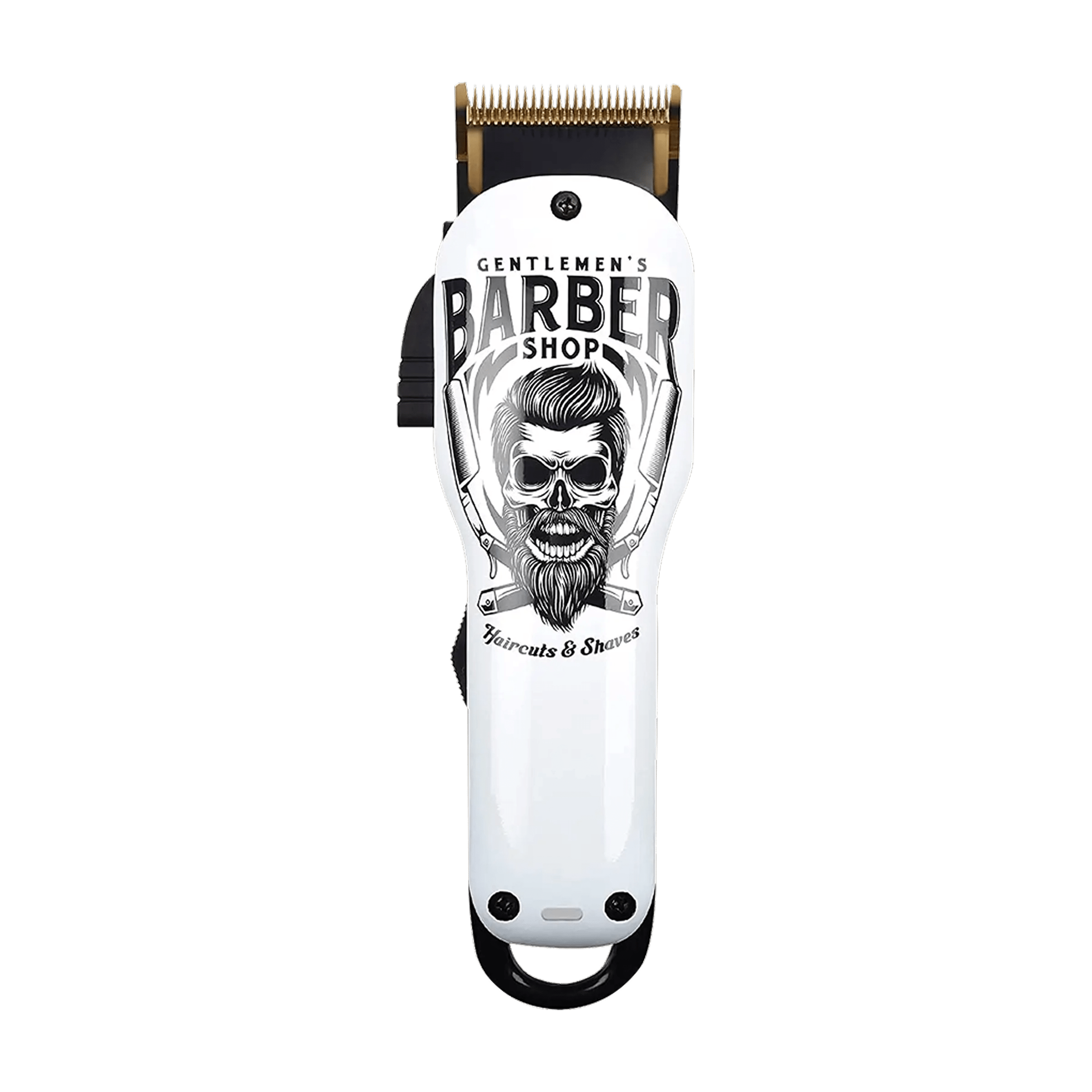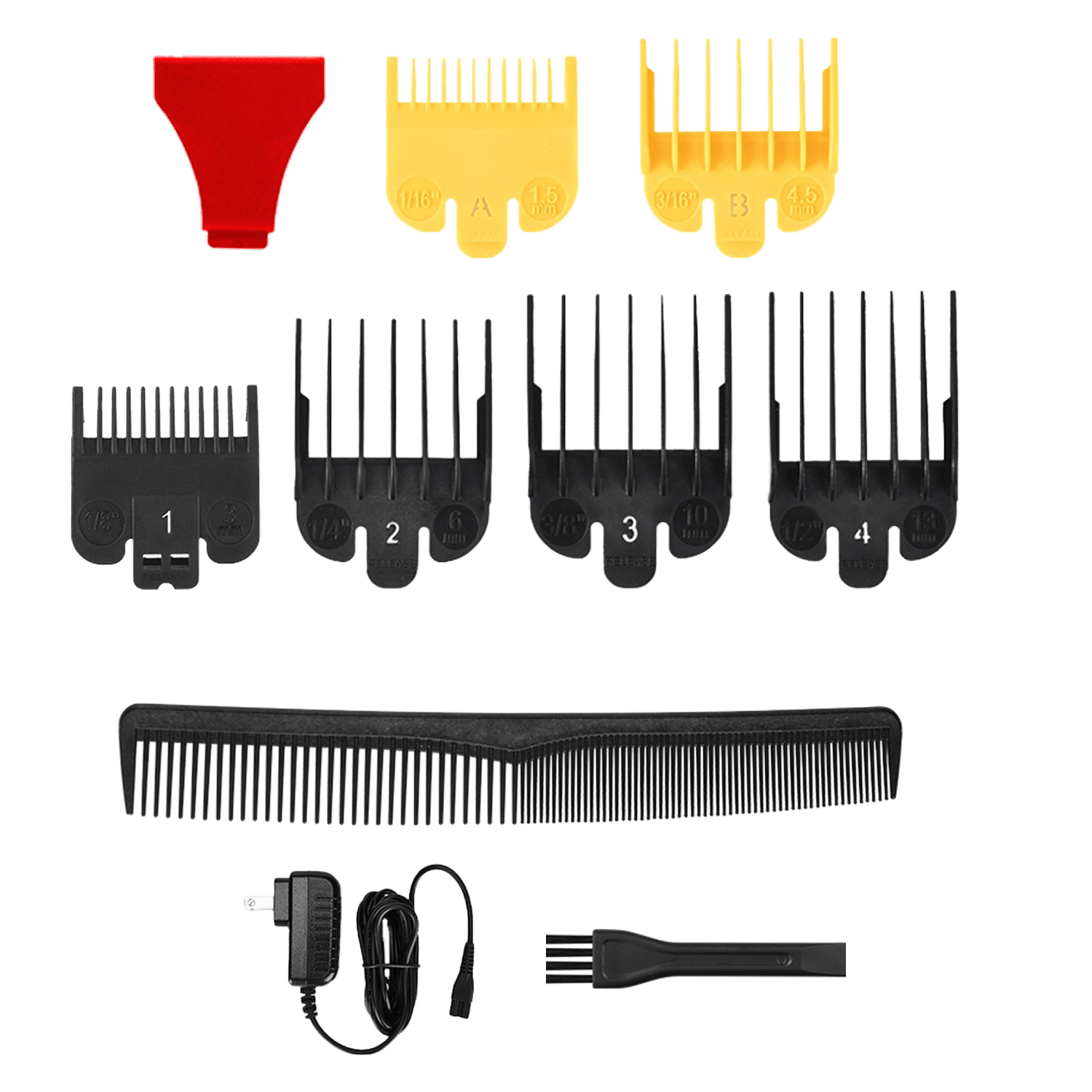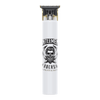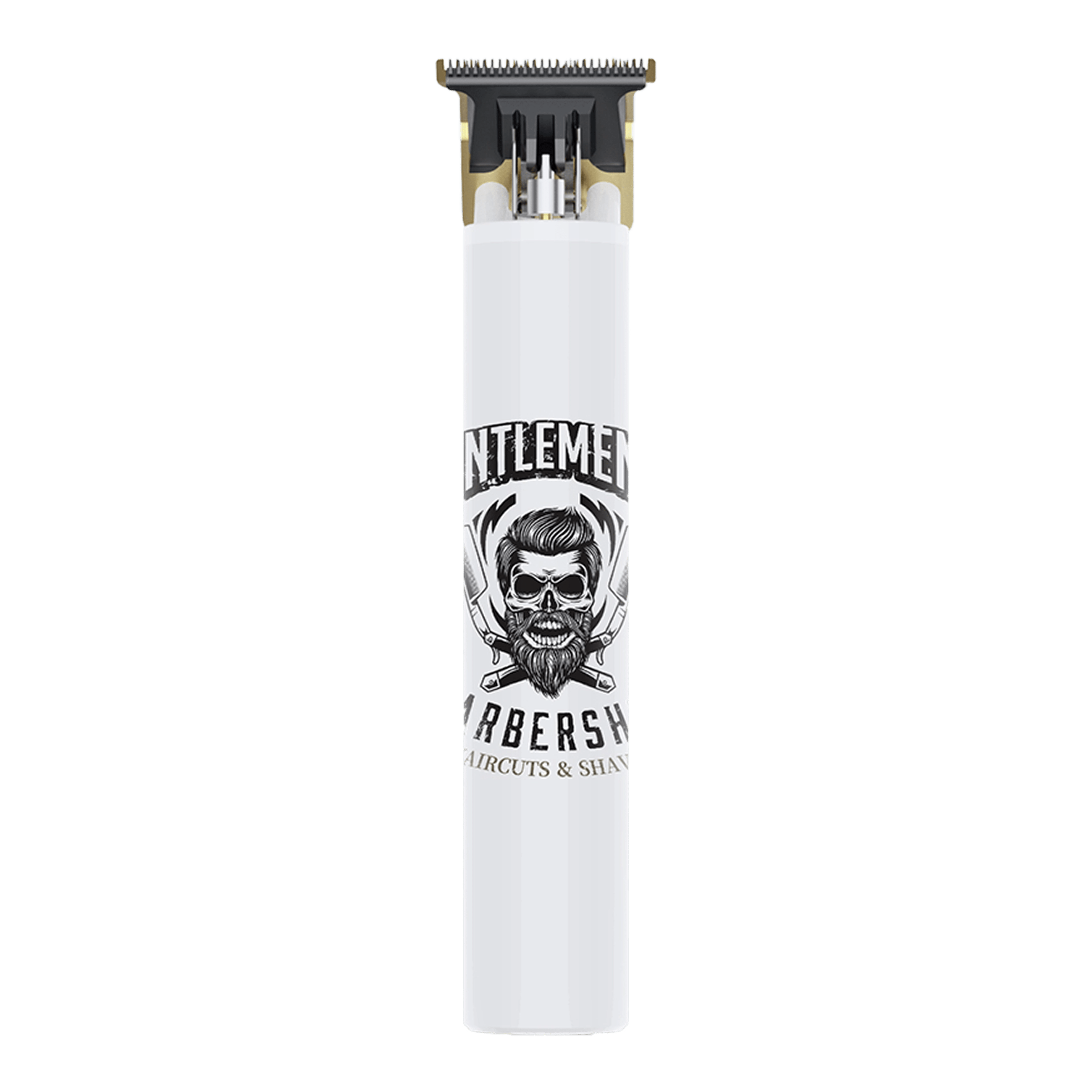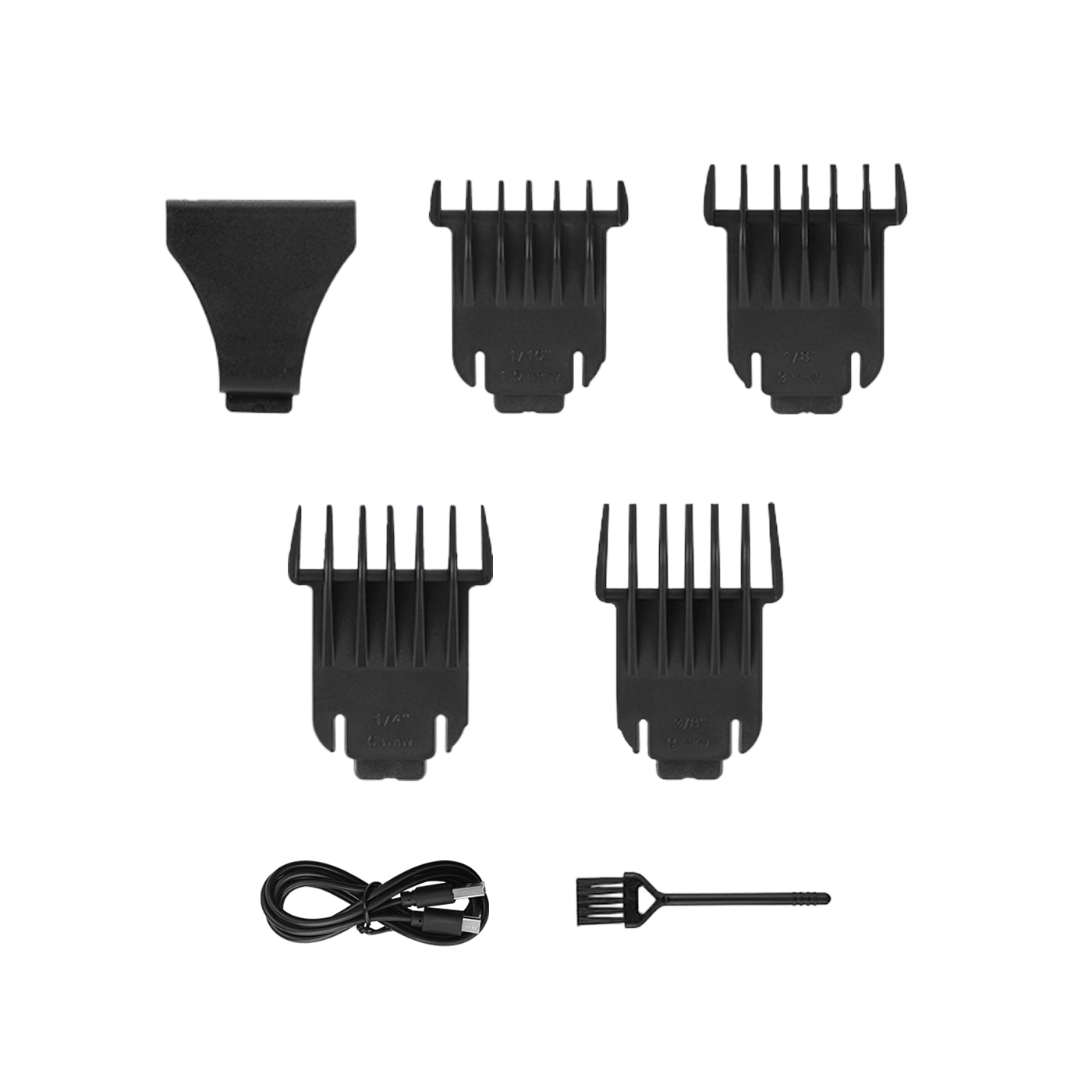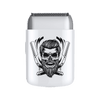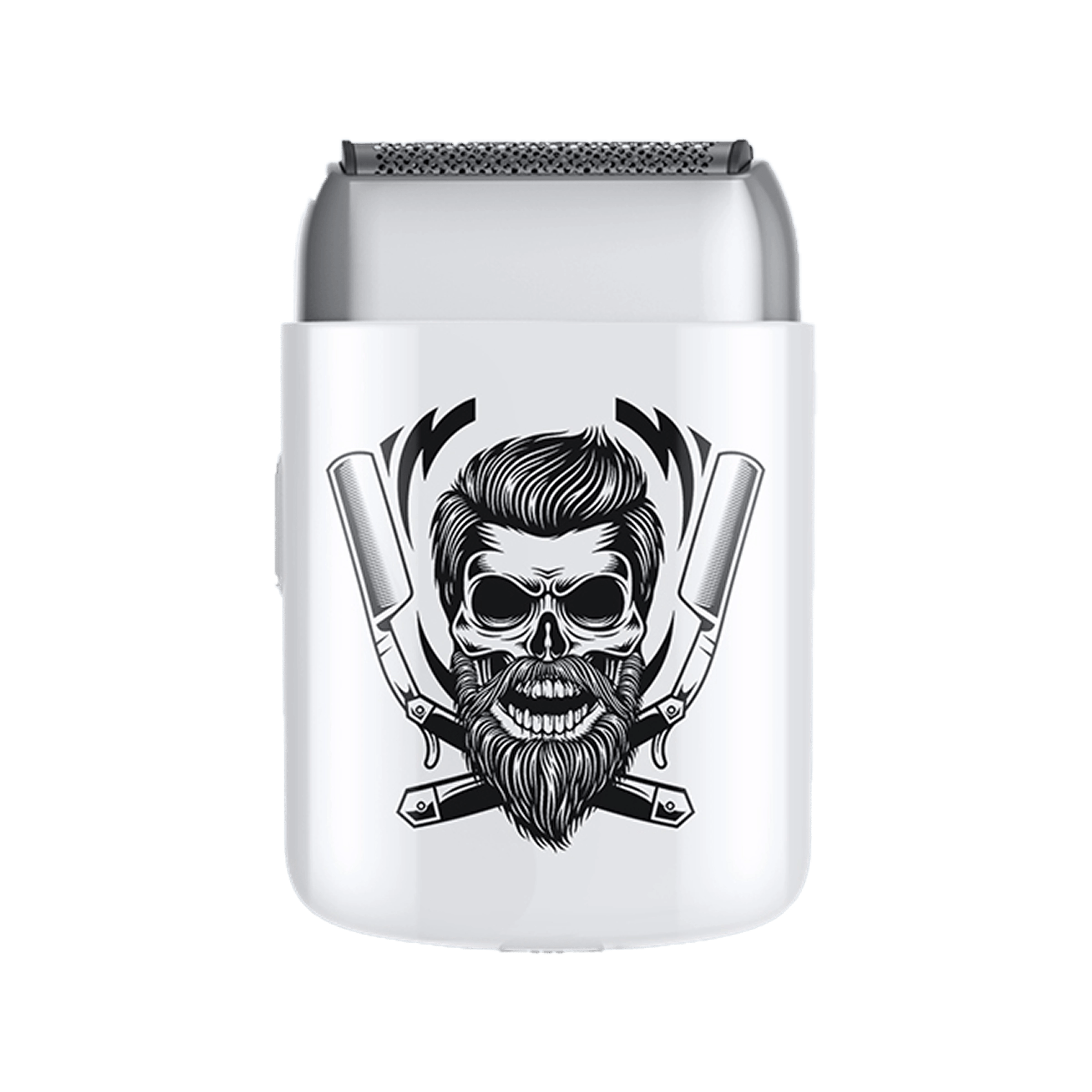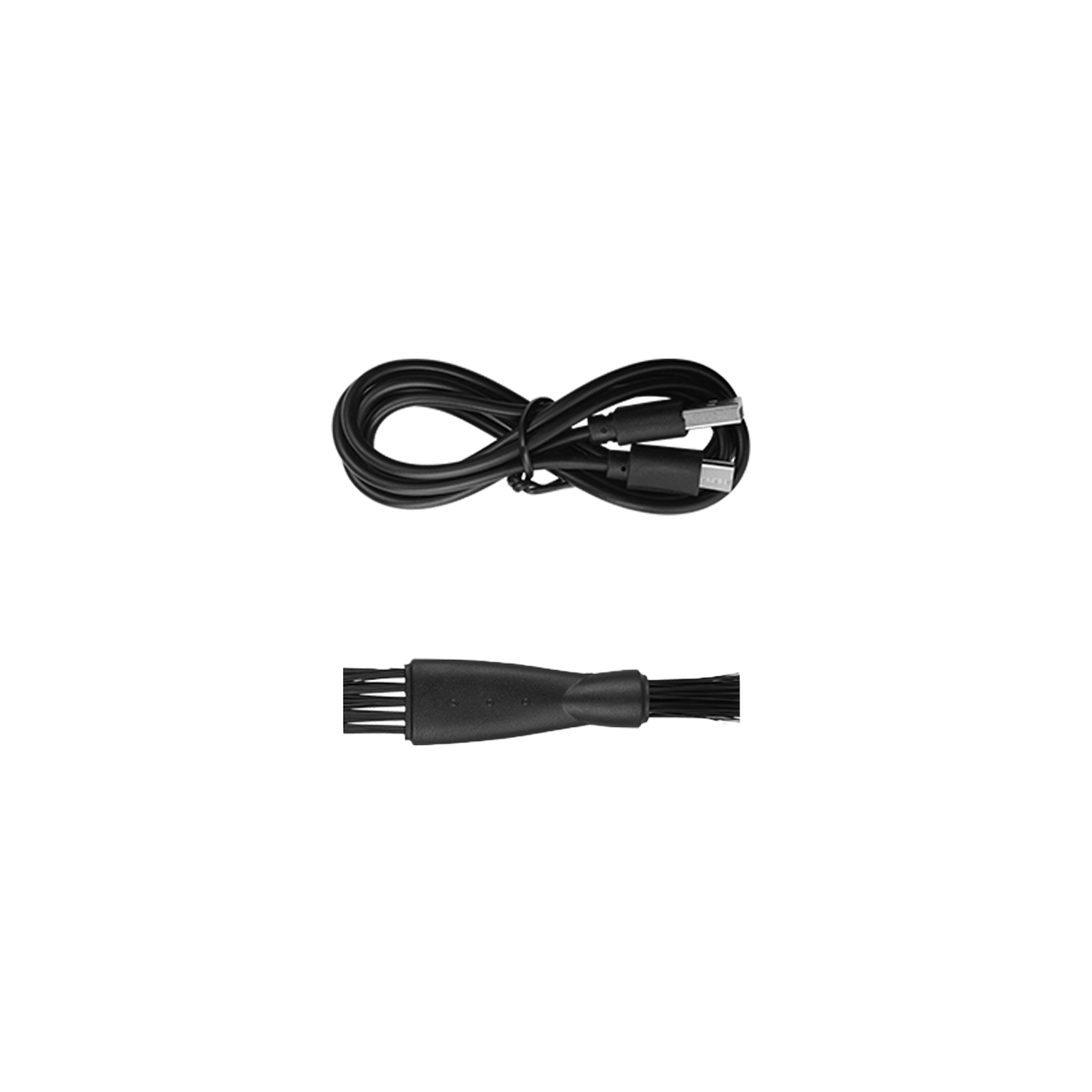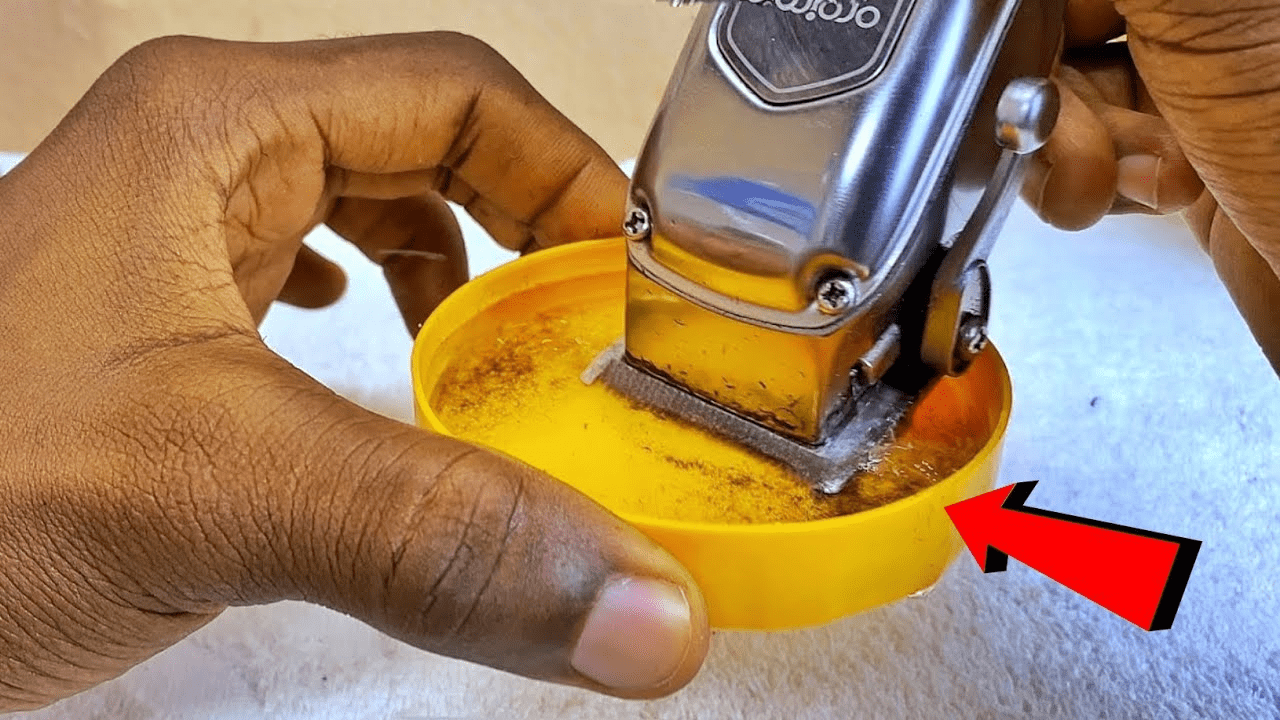If your clippers feel rough, run hotter than usual, or leave red, irritated skin, they likely need more than a quick brush-off. This guide explains how to clean hair clippers with hydrogen peroxide (3%) at home—safely, step by step.
You’ll learn the right contact time, how to dry and lubricate the blades, and when to choose alcohol or a blade wash instead. By the end, your tools will cut smooth and stay hygienic.
Hydrogen Peroxide for Cleaning Hair Clippers (What It Does—and Doesn’t)

Hydrogen peroxide (H₂O₂) at 3% is a common household oxidizing disinfectant. It helps inactivate many microbes on hard, non-porous surfaces, including metal clipper blades. It’s widely available, inexpensive, and fragrance-free. For routine home grooming, it can be a practical cleaner when used correctly.
Good to know:
- Strength matters. Stick to 3%. Higher concentrations are harsher and unnecessary for routine blade cleaning.
- It disinfects—doesn’t lubricate. Peroxide cleans and sanitizes; you still need clipper oil to reduce friction after drying.
- Limit soak time. Prolonged exposure can accelerate oxidation on steel. Keep contact time reasonable, then dry thoroughly.
For background reading on clipper mechanics and why disinfection matters, see Hair clipper basics and hydrogen peroxide as a disinfectant from authoritative sources. These explain how moving steel parts can carry debris and microbes and why cleaning plus lubrication is essential for a smooth, cool cut.
3% Hydrogen Peroxide “Natural Cleaner” Solution (Exactly How to Use It)

Use 3% H₂O₂ straight from the bottle or diluted 1:1 with water if you’re only doing a light, quick clean. For best disinfecting effect on metal blades:
- Apply full-strength 3% to a cloth/cotton pad for wipe-down or
- Briefly submerge blades only (not the whole clipper body/motor) in a shallow dish for a short contact time.
Contact time: Aim for 5–10 minutes on cleaned blades. Contact time allows peroxide to do the microbe-inactivation work. After that, rinse/wipe residue and dry completely.
Materials and Tools
- 3% hydrogen peroxide (fresh bottle; check expiry)
- Clipper brush / old toothbrush (stiff nylon bristles)
- Microfiber cloths or paper towels
- Small dish or bowl (for optional short soaks of blades only)
- Cotton swabs (edges/hinges)
- Screwdriver (if removing blade set—optional)
- Clipper oil (light mineral oil formulation)
- Compressed air (optional, for quick moisture removal)
Optional upgrades: A dedicated blade wash (for dissolving oils and hair residue) and a clipper disinfectant spray can complement peroxide in a pro-style routine.
Step-by-Step: How to Clean Hair Clippers with Hydrogen Peroxide

Follow this sequence after each haircut for a quick routine, and do a deeper version weekly or monthly depending on use.
1) Power down and strip the debris
- Turn off/unplug your clippers.
- Remove guards/attachments and set them aside.
- Brush out hair from the blade teeth, hinge, and around the lever. Work in multiple directions to lift trapped strands.
2) Pre-clean the blade surface
- Wipe the blade face and rails with a dry cloth first.
- If there’s oily buildup, moisten a cloth with a little warm water and a drop of mild dish soap; wipe, then dry. (Water is fine—just keep it away from the motor/body.)
3) Apply 3% hydrogen peroxide (choose wipe or short soak)
- Wipe method (safest): Saturate a cloth/cotton pad with 3% H₂O₂. Wipe teeth, blade face, and side rails. Use cotton swabs for tight areas.
- Short soak (blade only): If you know how to remove the blade set, place the blade assembly (not the body) into a shallow dish of 3% peroxide for 5 minutes. Do not soak the whole clipper.
4) Respect contact time
Let the peroxide sit 5–10 minutes on clean metal surfaces. This dwell time improves germ inactivation on non-porous surfaces.
5) Dry thoroughly (no moisture left behind)
- Wipe off peroxide with a clean, dry cloth.
- If you used a soak, rinse the blade quickly with clean water, then dry fully with a cloth.
- Optionally, use compressed air to push moisture out of the teeth and hinge.
6) Oil the blade (restore glide)
Add 3–5 tiny drops of clipper oil: left teeth, center teeth, right teeth, and a small drop on each side rail. Run the clipper 10–15 seconds (open/close lever) to spread oil, then blot excess.
7) Clean guards and body
- Soak plastic guards in warm, soapy water; rinse and dry.
- Wipe the clipper body with a damp cloth (no drips), then dry. Don’t let liquids enter vents or the charging port.
“Peroxide vs. Alcohol vs. Blade Wash”: Which Should You Choose?

Hydrogen Peroxide (3%)
- Pros: widely available; effective household disinfectant; low odor.
- Cons: can oxidize finishes with long exposure; needs thorough drying and oiling after.
- Best for: regular home disinfection when you don’t have clipper spray; quick wipe after a deep clean.
Isopropyl Alcohol (70–90%)
- Pros: evaporates fast; great degreaser; barbers often use it between clients (on blades only).
- Cons: can strip lubrication; dry blades heat up faster if you forget to oil.
- Best for: quick between-client disinfecting (spray or wipe), then oil.
Blade Wash (solvent bath)
- Pros: dissolves hair oils and gunk quickly; great for deep cleans without disassembling.
- Cons: often flammable; still need a disinfectant step if the product isn’t labeled as such; must oil afterward.
- Best for: periodic deep cleans; heavy product buildup.
Safety Notes (Read Before You Start)
- Use 3% H₂O₂ only on the blade assembly and guards—not inside the clipper body.
- Ventilation: Work in a ventilated area and wear gloves if your skin is sensitive.
- No long soaks: Keep dwell time ≤10 minutes to minimize oxidation.
- Dry completely before powering on. Liquids and motors don’t mix.
- Always oil after disinfecting to protect the edge and reduce heat.
If you cut multiple people or have sensitive skin, consistent cleaning reduces the chance of irritation and follicle issues. A clean, oiled blade runs cooler and pulls less.
Quick Routine You Can Repeat (2 Minutes, Every Time)
- Brush out hair.
- Wipe blade with 3% peroxide; let sit 5 minutes.
- Dry completely.
- Oil (3–5 drops) and run briefly.
- Store dry with the guard on.
Do a deeper clean weekly/monthly: remove the blade, short soak (5 minutes), rinse, dry, oil, reassemble, and align.
When Your Blade Needs More Than Cleaning
Cleaning restores hygiene and glide. But if you still feel tugging after oiling:
- Sharpen or replace the blade (nicks/rust).
- Realign: moving blade should sit slightly behind the stationary blade—teeth parallel, no protrusion.
- Check screws: tighten evenly to stop chatter.
- Upgrade tool: a stronger motor and sharp blade help with thick, coarse hair.
For an easy-maintenance option, explore Bestbomg cordless models with long runtime—great when you’re cleaning and oiling regularly for home cuts.
Clipper vs. Trimmer vs. Foil Shaver (Which Part Gets the Peroxide?)
- Clippers (longer lengths): Clean and disinfect blades + guards. Avoid liquid entering the body.
- Trimmers (outlines/beards): Same routine as clippers—smaller drops of oil afterward.
- Foil shavers (finishing close): Remove foils/cutters and follow the manufacturer’s cleaning/disinfection steps; many foils are delicate. Use peroxide on metal cutters only if allowed, then dry and lubricate per the manual.
If close finishing causes irritation, improve hygiene and switch to a fresh, clean foil/cutter. A well-oiled, cool blade helps reduce friction.
Frequently Asked Questions
Can you use hydrogen peroxide on clippers?
Yes—3% hydrogen peroxide is suitable for cleaning and disinfecting metal blades and plastic guards. Keep liquids away from the motor/body, limit contact time to 5–10 minutes, dry fully, and oil afterward to prevent oxidation and friction.
What is the best thing to clean hair clippers with?
For home users, a brush + 3% peroxide or 70–90% isopropyl alcohol, followed by clipper oil, is effective. Pros often use a blade wash to dissolve heavy gunk, then a disinfectant spray and oil. The key is clean → disinfect → dry → oil.
Can I clean hair clippers at home with alcohol instead?
Yes. Isopropyl alcohol (70–90%) evaporates fast and is widely used between clients. It can strip lubrication, so always re-oil the blade after it dries. Alcohol is also handy for quick wipe-downs of guards and metal surfaces.
Can I clean clippers in water?
You can wash guards and wipe the blade with a damp cloth, but avoid letting water into the clipper body or leaving water on the blade. Always dry completely and oil after any water contact to prevent rust.
How do I properly clean hair clippers for sensitive skin?
Brush thoroughly, disinfect with 3% peroxide or alcohol, dry completely, and then oil lightly to reduce friction. Replace or sharpen dull blades, keep guards clean, and avoid cutting on damp/dirty hair to limit irritation.
Conclusion
A clean blade cuts cooler, smoother, and safer. Use 3% hydrogen peroxide for a simple at-home disinfect, keep contact time short, dry fully, and oil every session. Ready for easier upkeep and better results? Explore our easy-maintenance hair clippers and beard trimmers.
Read more
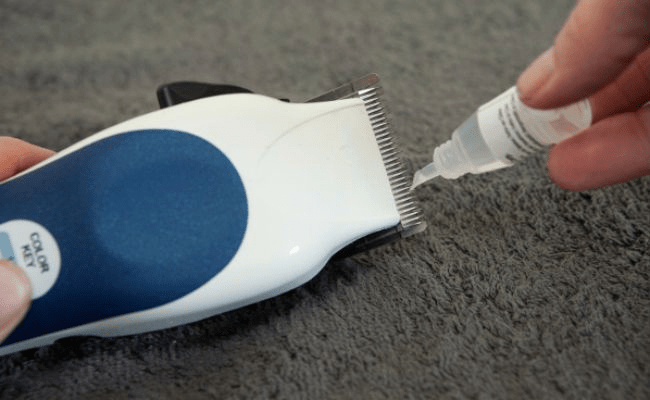
How to Lubricate Hair Clippers
Dry blades pull and overheat. Oiling takes 30 seconds and makes a huge difference. This quick guide shows how to lubricate hair clippers, where to oil hair clippers, and how often, with clear steps...
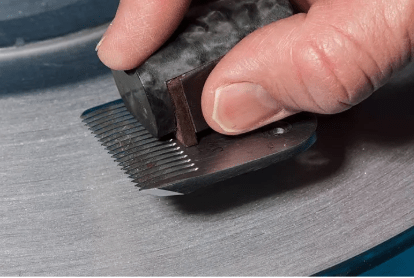
Hair Trimmer Sharpener: How to Sharpen Clipper & Trimmer Blades
Dull blades pull, leave patchy spots, and make lining up edges a pain. The fix is simple: learn how to use a hair trimmer sharpener—whether that’s a sharpening stone, a diamond plate, or a basic DI...
